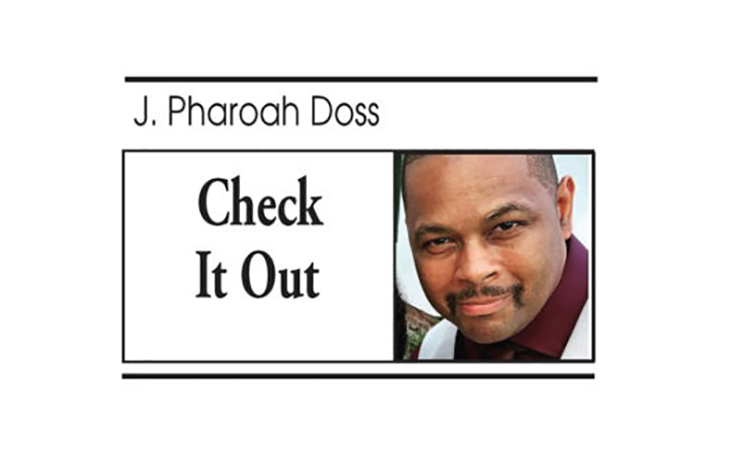Getty Images
Last month, the Colorado Supreme Court decided 4-3 that former US President Donald Trump was unable to run for president on their state’s ballot because four of the Colorado Justices held Trump accountable for the violence at the US Capitol on January 6, 2021.
At noon on January 6th, the same day Congress was scheduled to certify President-elect Joe Biden’s victory over the former president, Trump held an ill-advised rally in Washington, DC, which thousands of die-hard Trump supporters attended. Trump said that the Democrats stole the election. Following Trump’s speech, thousands of die-hard Trump supporters marched to the United States Capitol, broke past the barricades, clashed with Capitol police, and surged inside the building.
Following the mayhem, the nation argued whether January 6th was a riot or an insurrection.
Four Colorado Justices believed that January 6th was an insurrection led by former President Trump, enforcing Section 3 of the 14th Amendment, which states that officials who took an oath to support the constitution are barred from holding future office if they engage in “insurrection or rebellion” against the United States. However, the United States Supreme Court wanted the situation resolved before the March presidential primaries, so it agreed to hear Trump’s appeal against the Colorado verdict.
For the first time, the 14th Amendment prohibits a former president from running for reelection due to their participation in an insurrection. Since the ratification of the 14th Amendment in 1868, there has been no clear precedent for defining what constitutes an insurrection. This raises an important question: What was the initial aim behind the 14th Amendment’s disqualification clause, and does it apply in the 21st century?

Between 1868 and 1870, the US reinstated former Confederate states, but there were stipulations.
Each seceding state required ten percent of its voting population in 1860 to take a binding oath of future allegiance to the United States, approve the abolishment of slavery, and design new state constitutions. The disqualification clause of the 14th Amendment intends to prohibit military commanders, federal officers, and state officials who served in the Confederacy from holding any future office under the reconstituted states’ constitutions.
The disqualification clause aims to penalize individuals who fought against the United States. However, if former Confederate officials seceded from the union to form their own sovereign nation, why does the 14th Amendment accuse them of “insurrection and rebellion” instead of secession?
To address that question, we need to understand how the North and South perceive the United States’ organizational structure.
For the north, the United States was a single nation in which various states had permanently merged, but the south saw the United States as individual states linked together for specific purposes, with each state able to withdraw from the union at any time.
Naturally, these conflicting viewpoints resulted in contrasting narratives of the war.
The Union considered it a civil war (a conflict between citizens of the same country) because the southern states had no right to secede. The Confederacy, on the other hand, did not consider it a civil war. It was a war of states, or a battle for southern independence. Former Confederate officials did not believe they were involved in an insurrection, but because the North refused to acknowledge their withdrawal from the union, their activities became an insurrection against the United States government. The northern triumph strengthened their narrative, but because the outcome of the war does not establish whether states had the right to secede, the United States Supreme Court determined that secession was unconstitutional one year after the 14th Amendment was ratified.
Take note of how the Supreme Court’s ruling established the northern narrative as a historical reality, even though it’s not what really happened. Concerning Trump and January 6th, the United States Supreme Court must once again evaluate a situation in which an insurrection narrative became a historical reality but was far from what actually occurred.
An insurrection is defined as an organized violent act of revolt or rebellion against an established government by a group of its citizens, whereas a riot is a turbulent disruption of public peace by three or more people who are gathered together and acting with a common intent.
The violence on January 6th delayed Congress’s certification of the presidential election results, leading to the emergence of a narrative that Trump’s supporters were encouraged at the noon rally to attack the Capitol and prevent Biden from becoming president.
There were still weeks until President-elect Biden’s inauguration. The House of Representatives was concerned about what Trump may do in his closing days as president, so it impeached him for the second time for inciting an insurrection.
The impeachment was punitive and established the insurrection narrative as a historical reality. However, in August 2021, Reuters reported, “The FBI found scant evidence that the January 6th attack on the United States Capitol was the result of an organized plot to overturn the presidential election results… Federal officials have arrested over 570 accused participants; the FBI believes the violence was not centrally coordinated by far-right groups or prominent supporters of then-President Donald Trump.”
According to the FBI, January 6th was not an insurrection but a riot.
Does the original intent of the 14th Amendment’s disqualification clause apply to twenty-first century insurrections? Of course, the language is not archaic. Does it apply to January 6th? Of course not. That’s why those opposed to Trump aren’t interested in what actually occurred. Rioters will face minimal consequences, while the courts are obligated to administer the harshest possible punishment to insurrectionists in accordance with the law.
